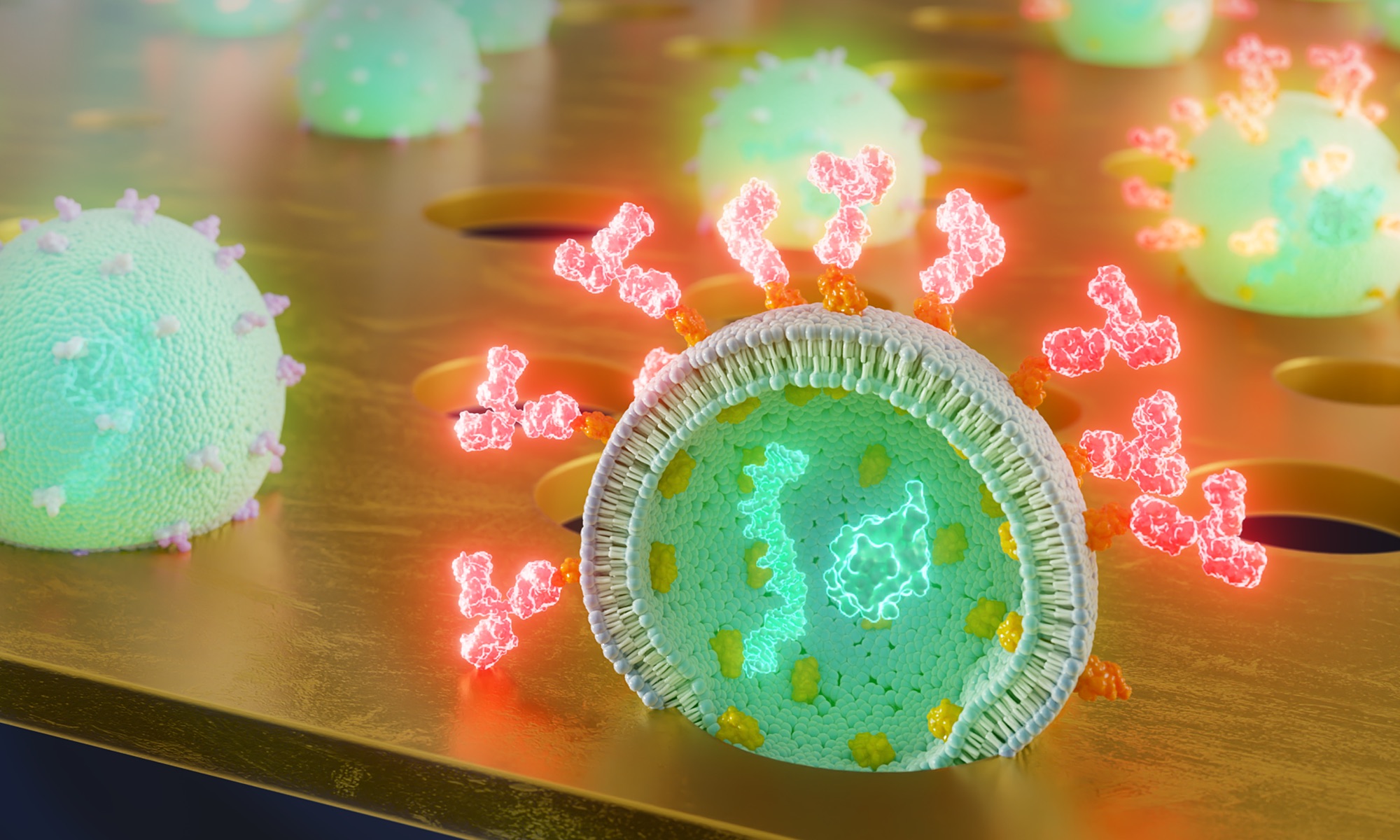
New liquid biopsy method offers avenue to quick, affordable cancer diagnosis
The method uses ultrathin membranes to capture tiny packets of cellular material called extracellular vesicles.
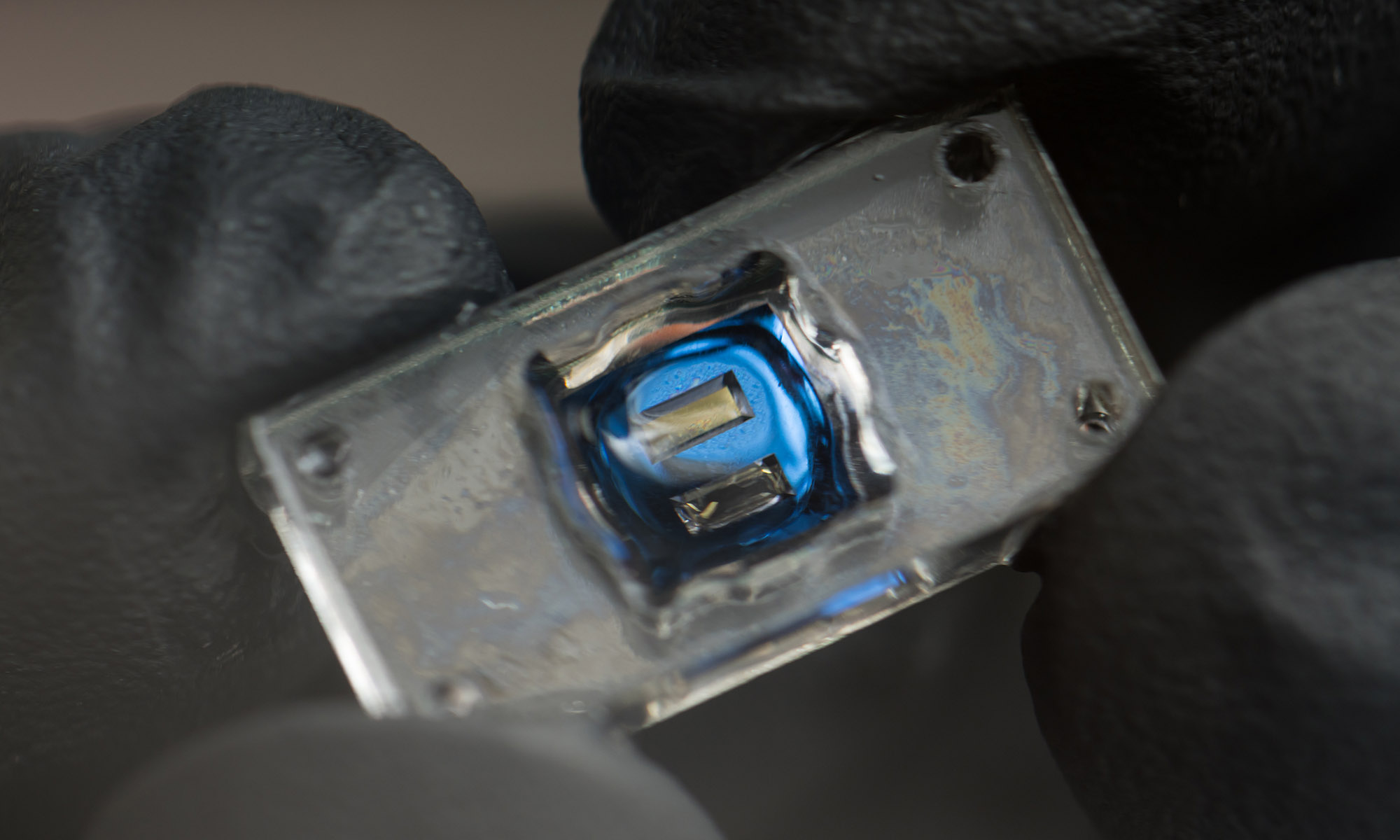
Scientists developing microchips with brain and lung tissue to study viral neuroinflammation
Researchers will use tissue-on-chip technology as a new way to explore the relationship between the lungs and brain.

New NIH-funded center could soon reduce the need for pharmaceutical trials on animals
Rochester is one of four NIH-sponsored centers that aims to produce tissue-on-chip devices as FDA-qualified drug development tools.

James McGrath: ‘Neat’ way of teaching becomes a student rite of passage
The biomedical engineering professor’s approach has spillover effects beyond the signature undergraduate course he’s taught for 20 years.
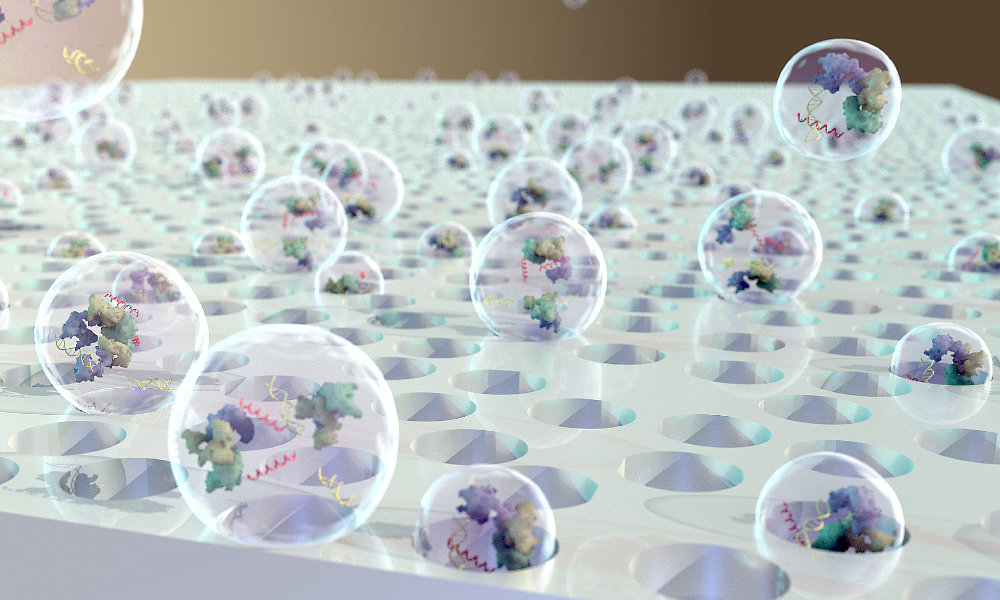
Rochester membranes help researchers capture tiny, telltale vesicles
Extracellular vesicles could provide early detection of diseases such as cancer. But to analyze EVs, scientists first need to catch them. That’s where Rochester professor James McGrath’s nanomembranes come in.
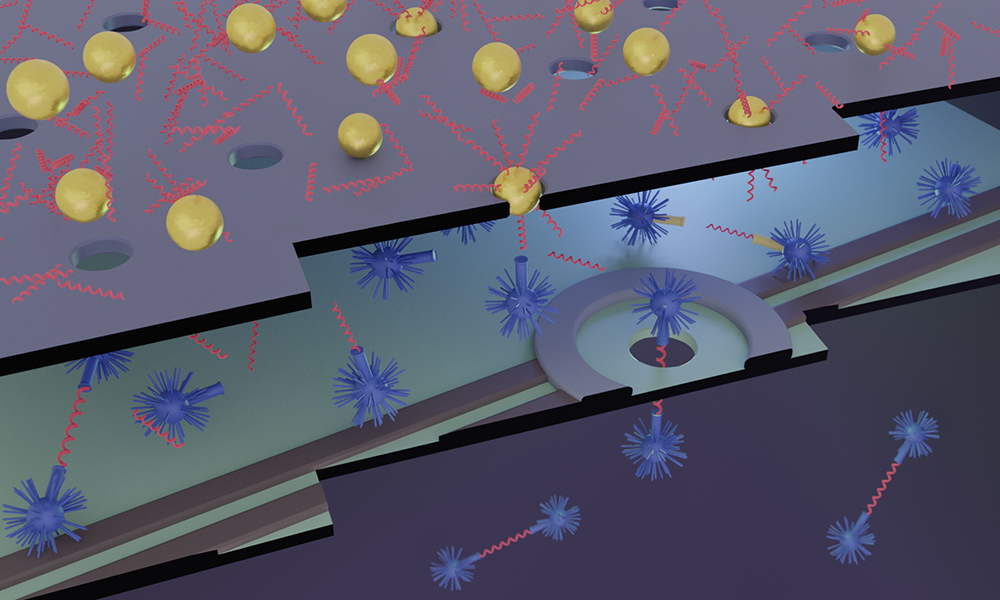
Smaller is better for detecting biomarkers of trauma and cancer
Detecting tiny biomarkers circulating in our bodies is problematic and costly. Researchers are developing a cost-effective detection device using nanotechnology.
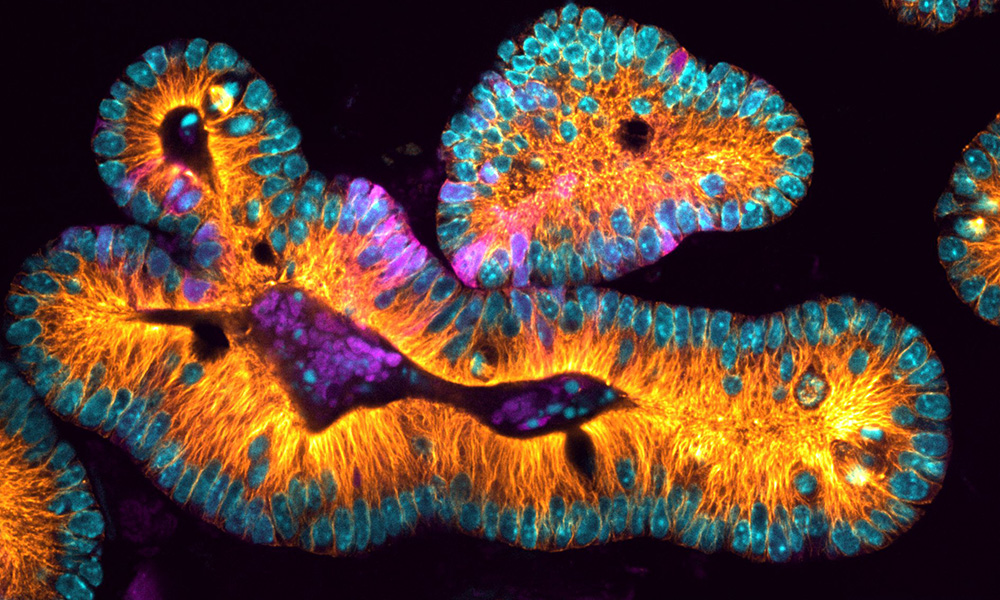
Rochester to advance research in biological imaging through new grant
A multidisciplinary collaboration will create a new light-sheet microscope on campus, allowing 3D imaging of complex cellular structures.
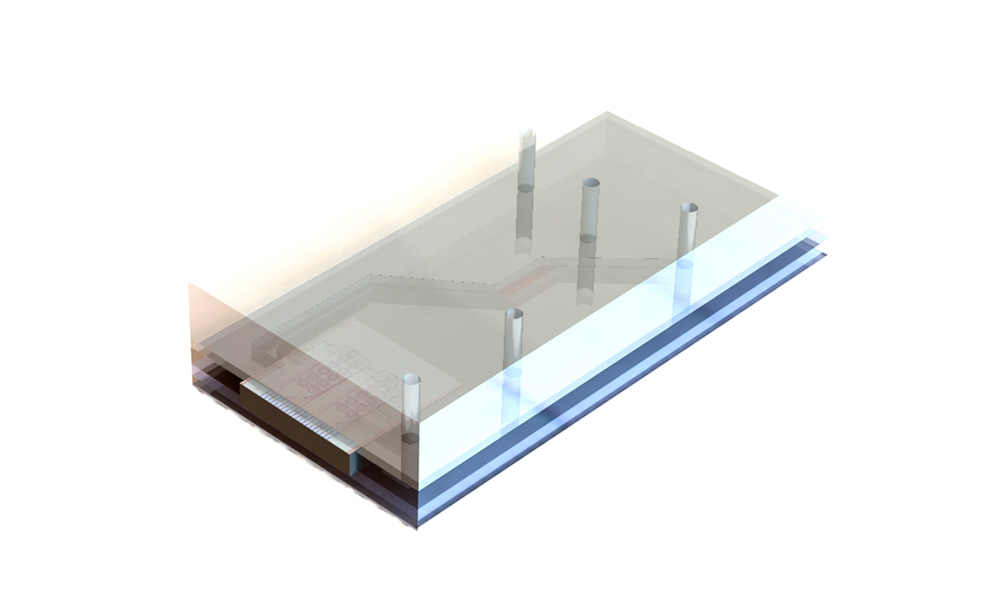
‘Organ on a chip’ is the wave of the future
Rochester researchers are building technology to predict the course of tendon injuries—a form of personalized medicine that will lead to more effective treatments.
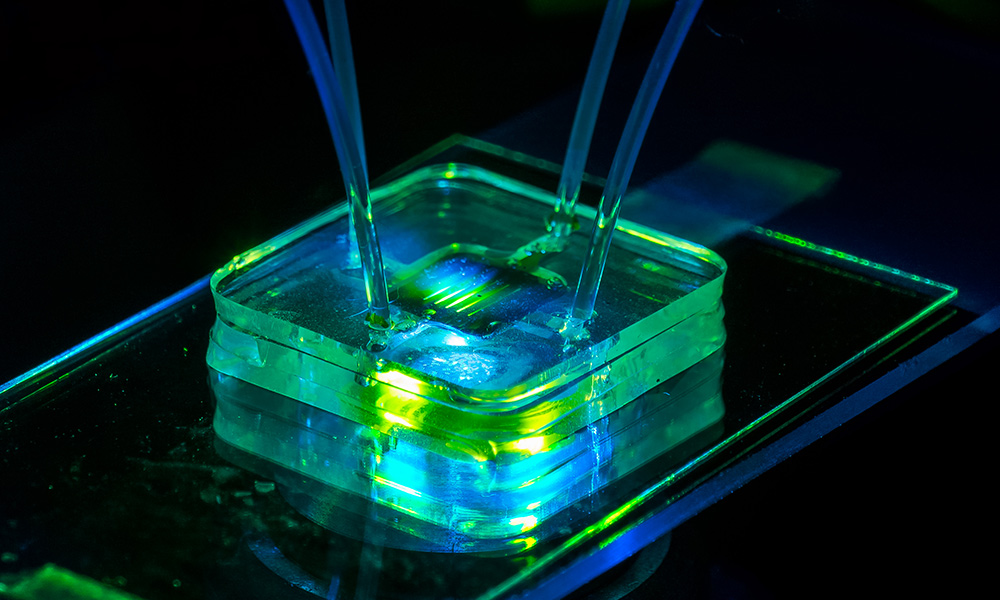
Rochester researchers pursue quick ways to detect COVID-19—and better understand it
Nanomembranes, optical sensors, and blood analysis: Rochester faculty are turning previous research avenues to focus on ways to quickly detect novel coronavirus to speed treatment.
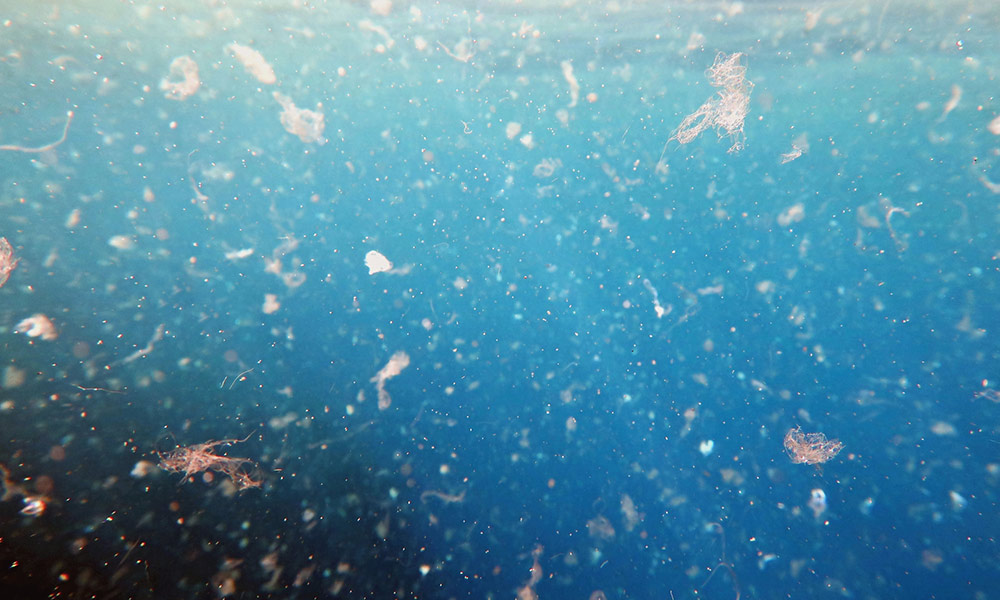
Detecting microplastics first step in assessing environmental harm
Amid growing alarm over the plastic that pollutes our environment, biomedical and optics researchers are devising ways to quickly detect microplastics in drinking water to better understand their potential impacts on human health.
